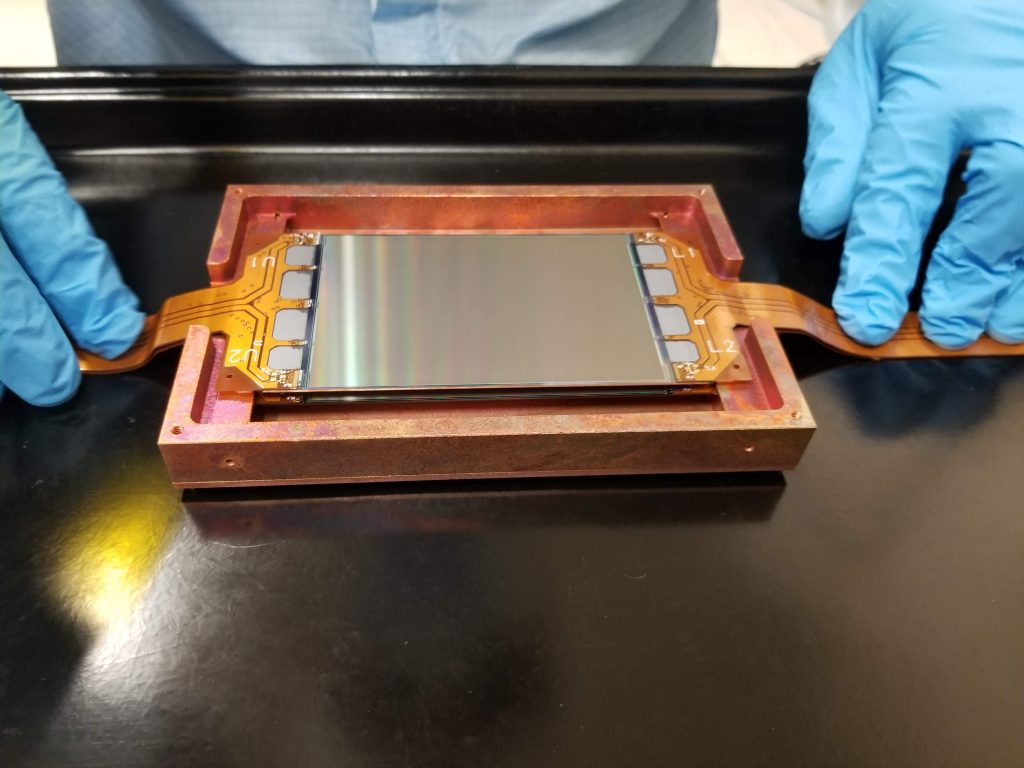Active Experiments

A dark matter detector using bubble chamber technology to search for WIMPs.
Learn more about PICO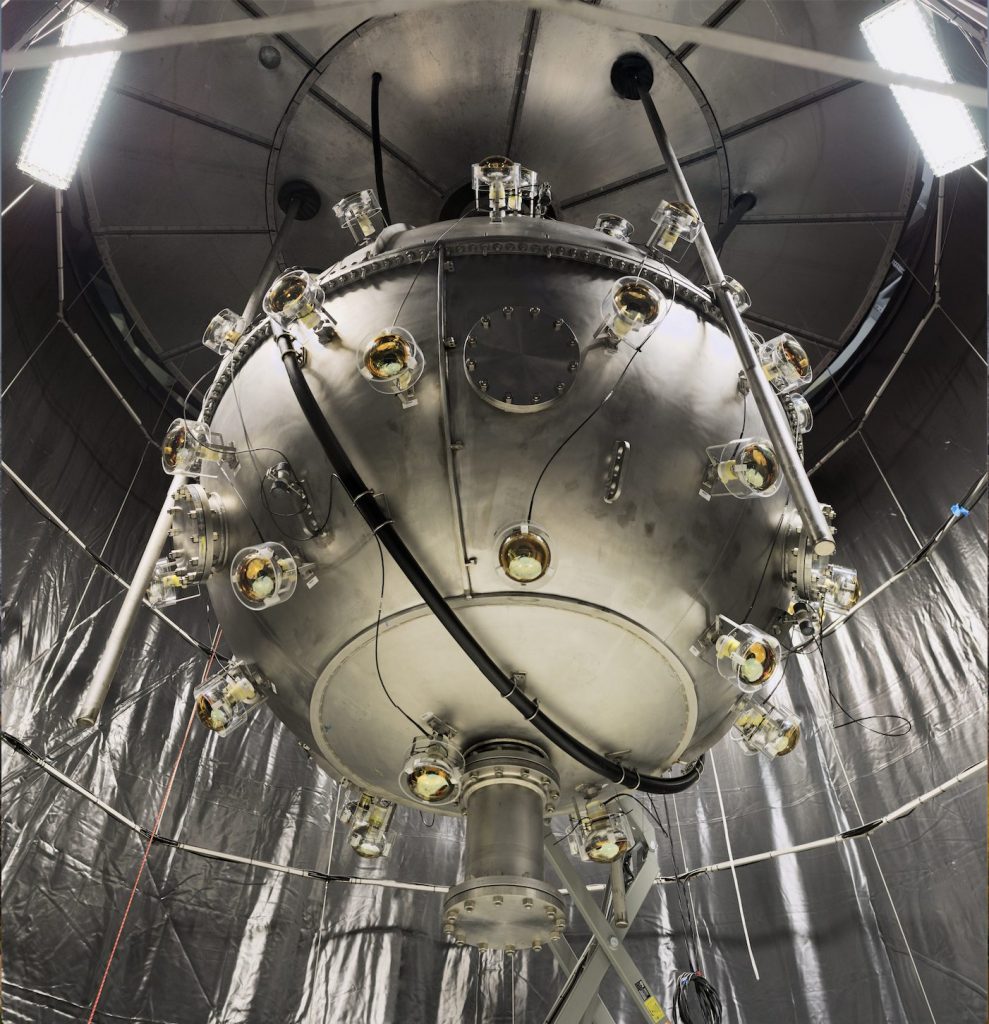
A second generation dark matter experiment that uses 3.6 tonnes of liquid argon to search for dark matter particle interactions. This is a collaborative effort of researchers from 10 institutions in Canada, the UK and Mexico.
Learn more about DEAP-3600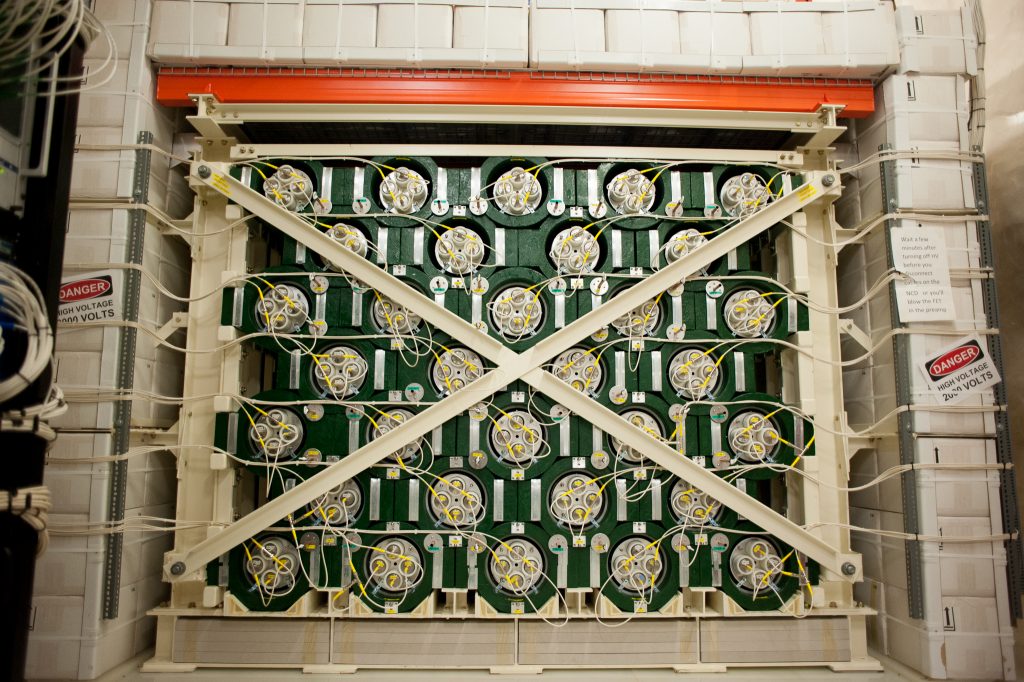
A Helium And Lead Observatory that uses 79 tonnes of lead and 128 tubular He-3 detectors. This supernova experiment is part of the global SNEWS network.
Learn more about HALO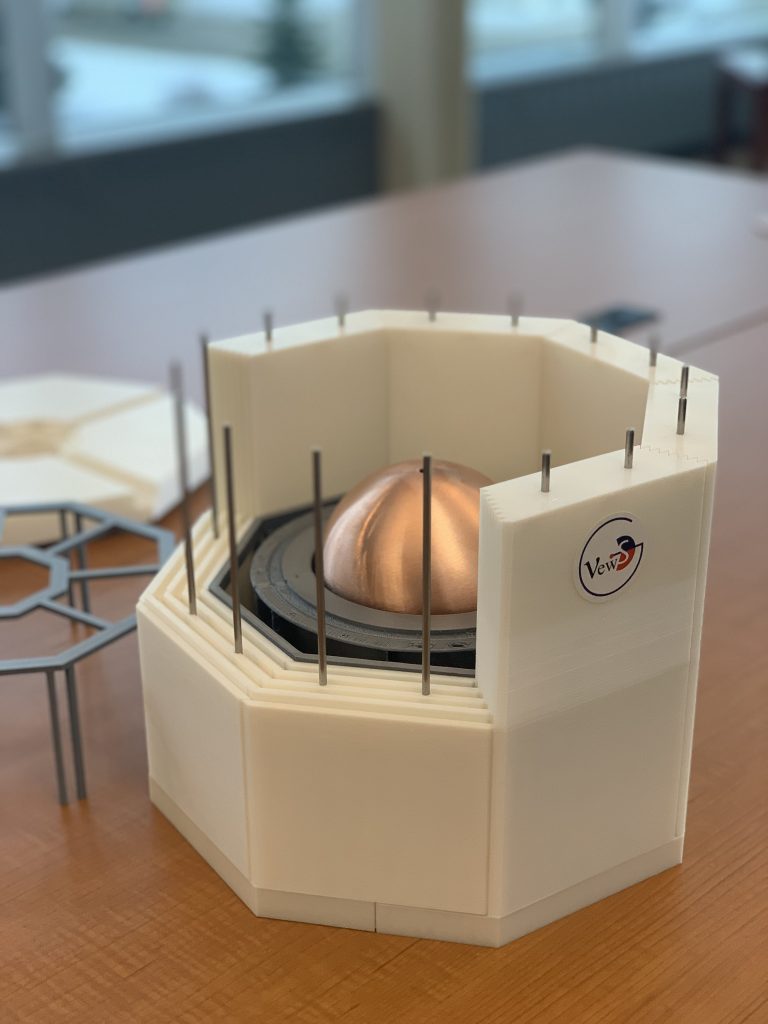
A Canada-France collaborative effort in dark matter detection in the low mass range using high pressure gases.
Learn more about NEWS-G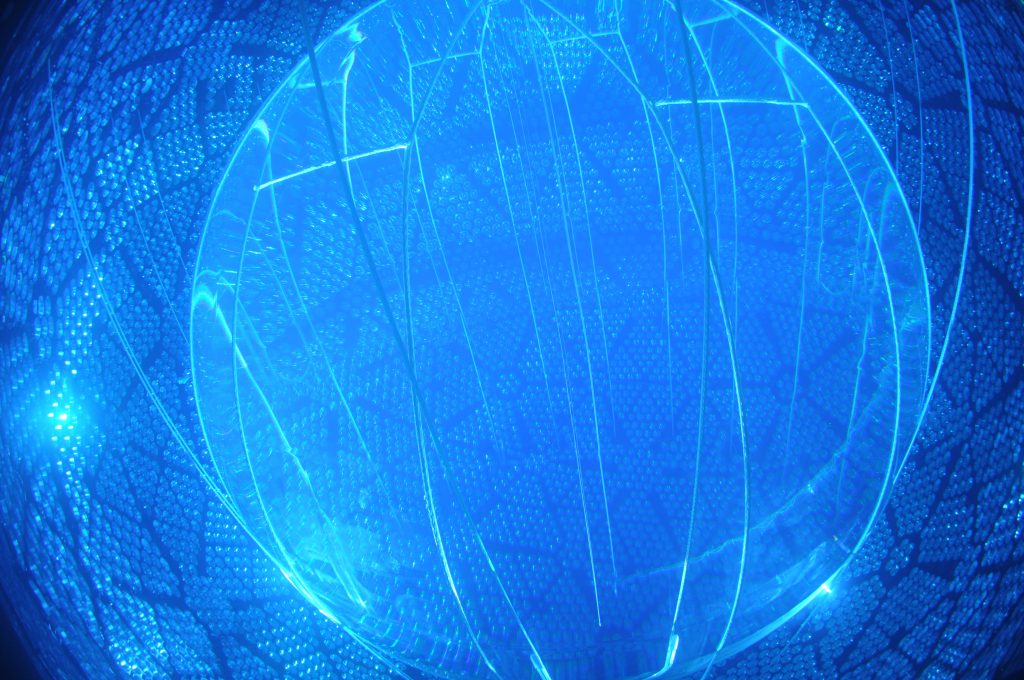
A tonne-scale double beta decay and multipurpose neutrino detector making use of the existing SNO detector. The collaboration extends across 23 institutions.
Learn more about SNO+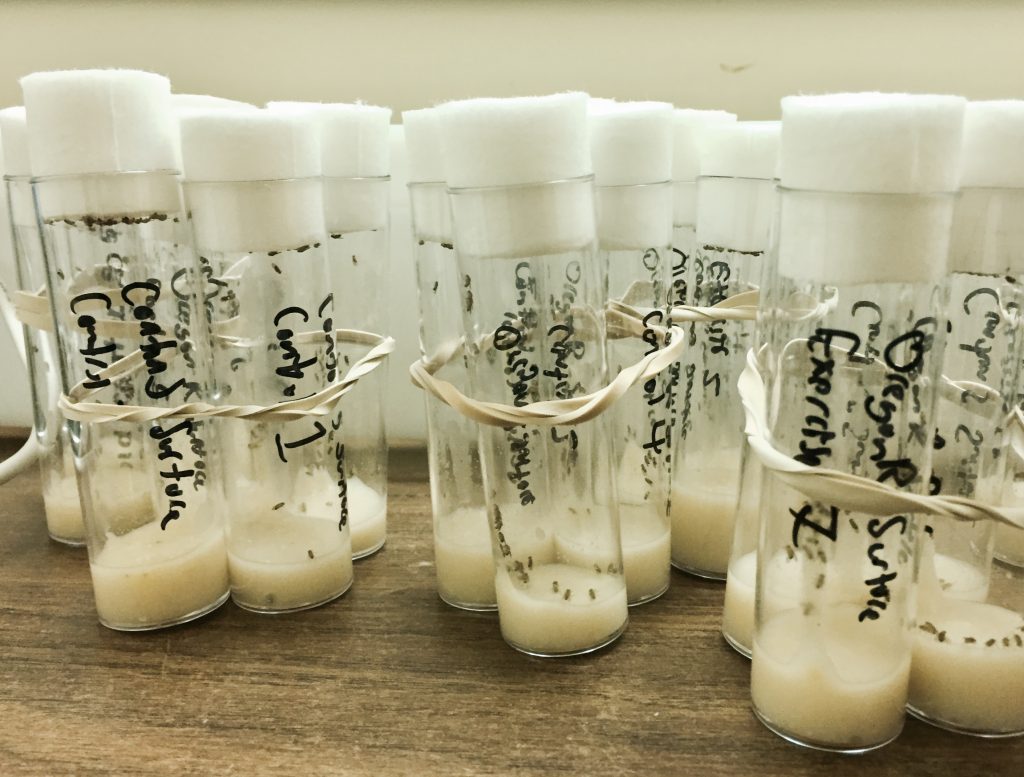
A genetics experiment that takes advantage of the increased pressure to study the impacts of working deep underground using fruit flies as a model organism.
Learn more about FLAME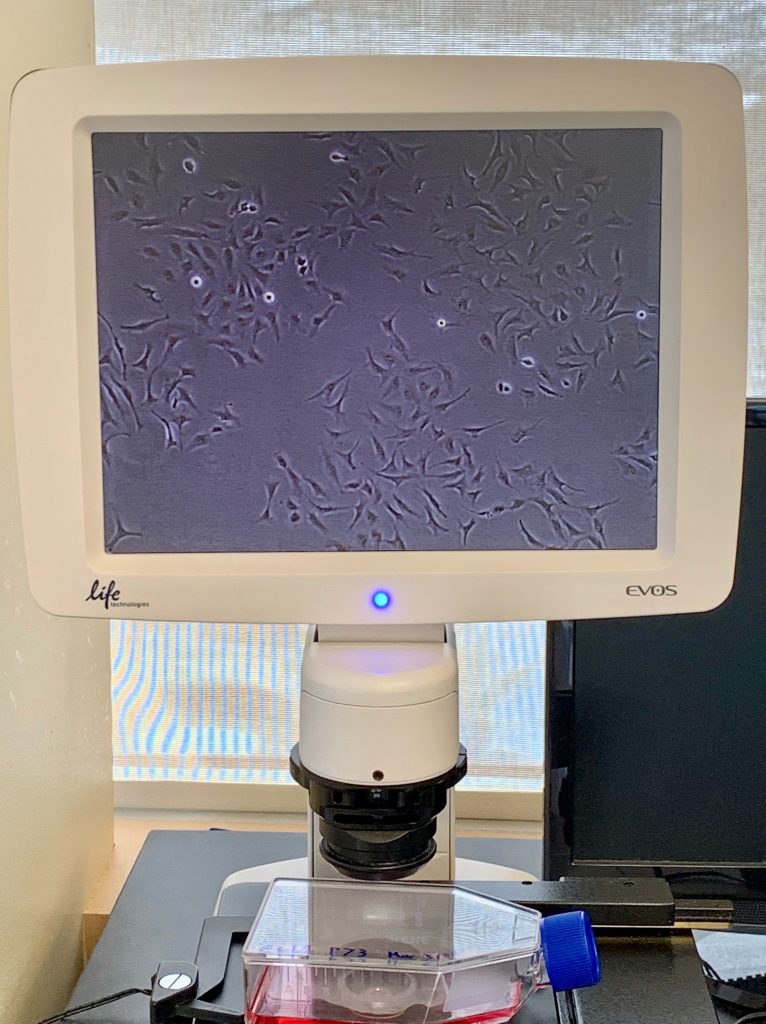
Biology REPAIR studies the effect of very low background radiation levels on living organisms. It looks for cancer risk and DNA changes in human cells, and whole-organism development and growth in lake whitefish embryos. Did you know? REPAIR is one of the deepest biological life sciences research projects in the world. REPAIR is testing the […]
Learn more about REPAIR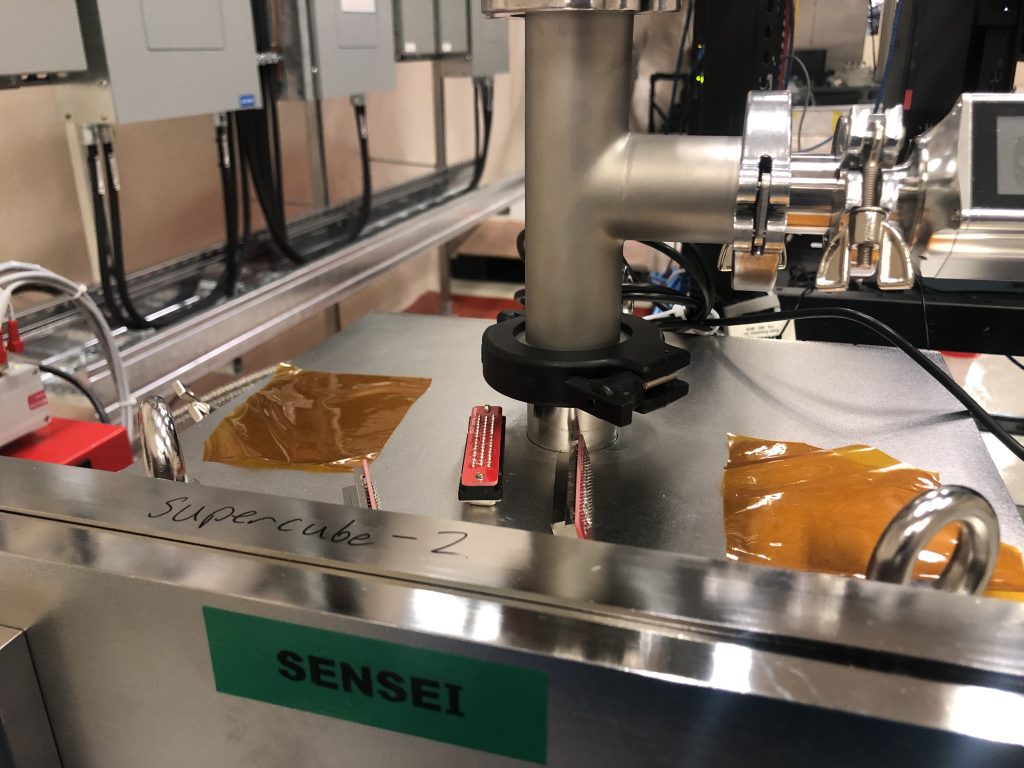
Dark Matter SENSEI uses skipper CCDS to search for dark matter. When a particle interacts, it causes a small energy change which is captured by the CCD. The CCDs have millions of pixels, and SENSEI is able to count every electron within a pixel, leading to incredibly accurate measurements with no background noise. Did you […]
Learn more about SENSEI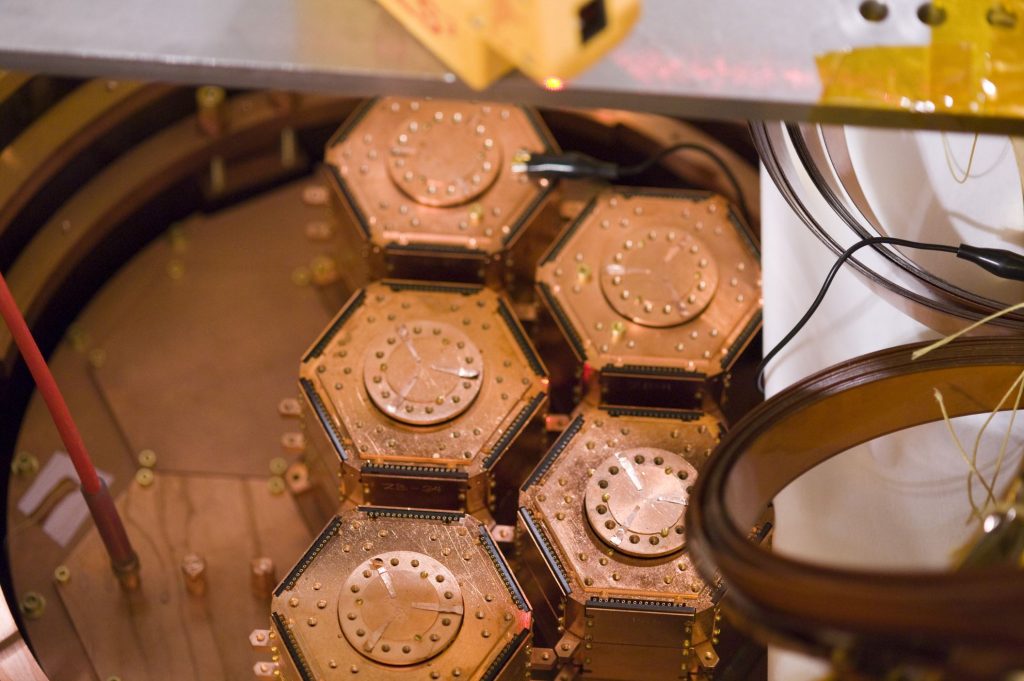
SuperCDMS SuperCDMS uses silicon and germanium crystals to detect dark matter. When a dark matter particle hits the crystals, it deposits a small amount of energy in them, which can be measured. The crystals are arranged in towers and connected to electronics that monitor the data, looking for an interaction. Did you know? The crystals […]
Learn more about SuperCDMS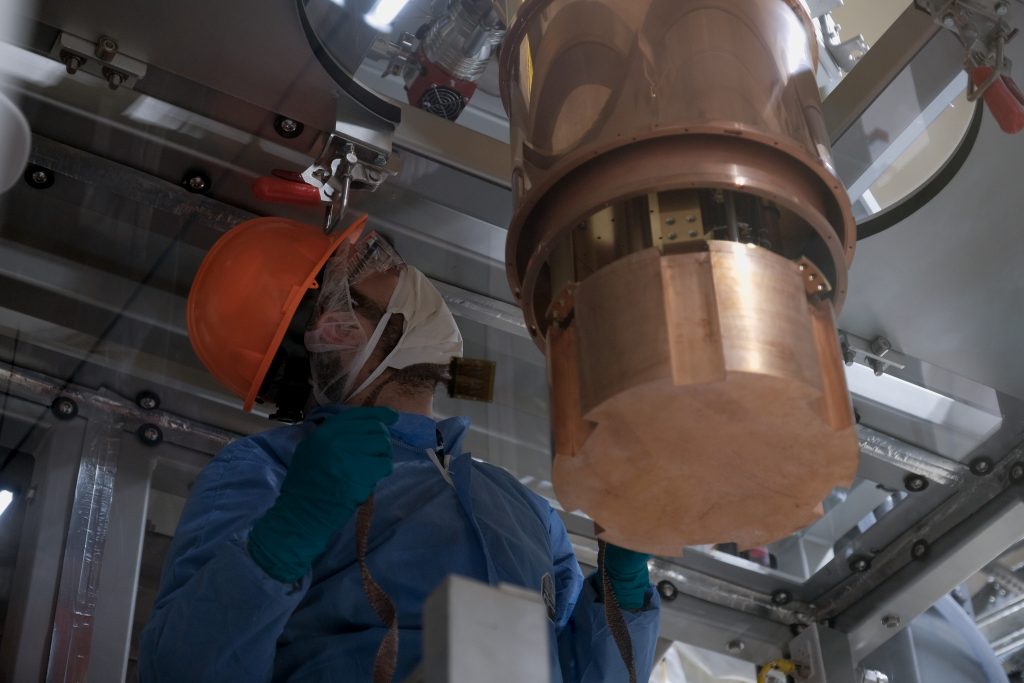
Dark Matter CUTE, the cryogenic underground test facility, is not a typical SNOLAB experiment. Rather than being a detector itself, CUTE is a facility built to test components of other dark matter experiments. It is well shielded from background radiation, can operate at very low temperatures, and is designed to prevent micro-vibrations that could interfere […]
Learn more about CUTECompleted Experiments
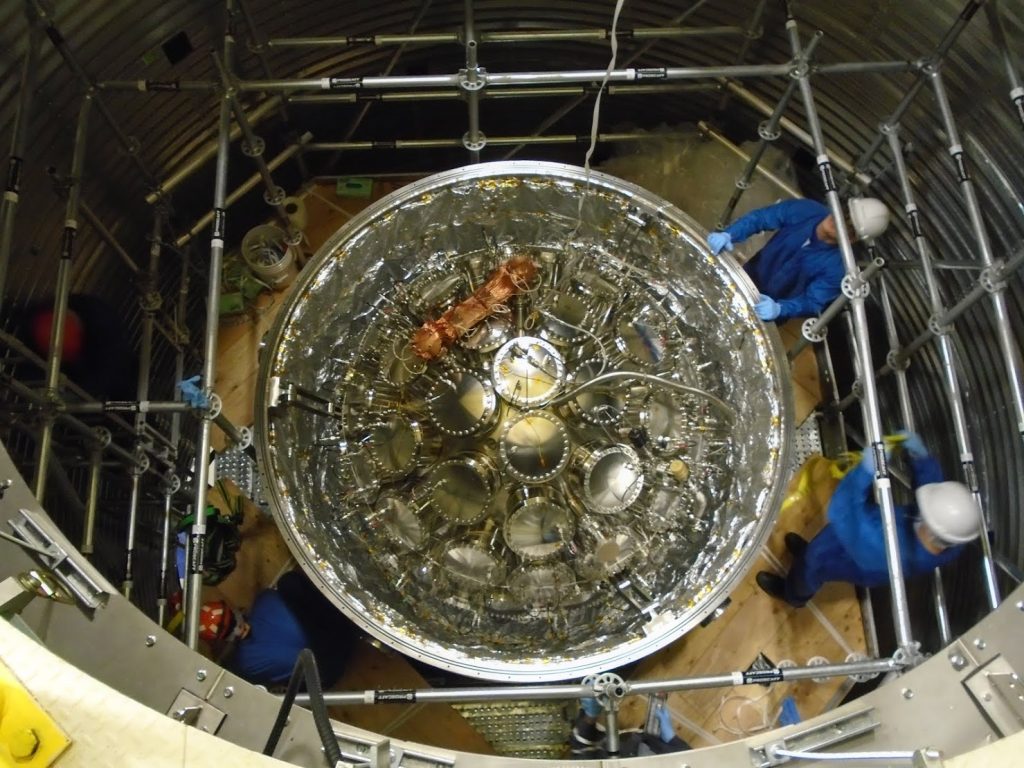
An alternative technology detector with researchers from 7 US institutions that used 500kg of liquid argon for dark matter detection.
Learn more about MiniCLEAN
SNO was the original Sudbury Neutrino Observatory located 6800 feet underground. The experiment was designed to detect solar neutrinos using heavy water and completed its data run in 2006. SNOLAB is an expansion of the existing facilities constructed for SNO.
Learn more about SNO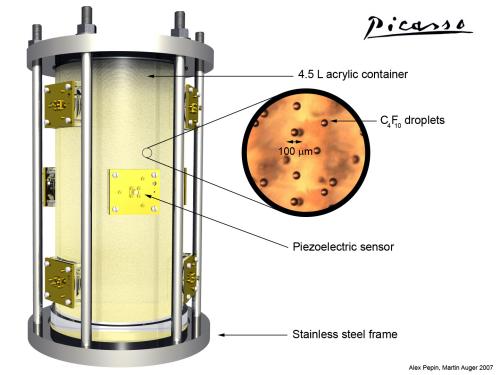
PICASSO was a dark matter experiment that used superheated liquid to detect interactions. PICASSO has completed its data run.
Learn more about PICASSO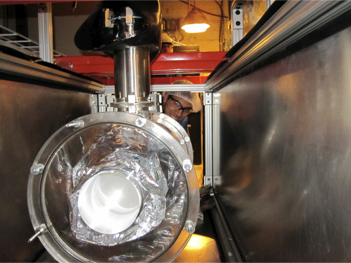
DEAP 1 was a liquid-argon dark matter detector. It was used as a prototype and testbed for both DEAP-3600 and MiniCLEAN, and has completed its data run.
Learn more about DEAP-1PUPS was a unique field experiment in 3-D seismic monitoring at SNOLAB. The focus of this project was engineering seismology studies related to source and site effects.
Learn more about PUPS